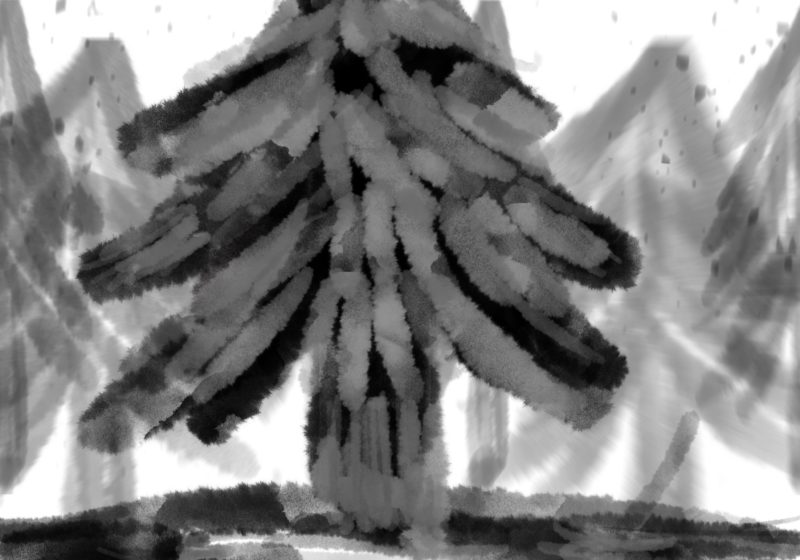Winter has arrived here in Rochester, covering our campus in a blanket of snow and ice.
Looking up at the dreary gray sky, and trekking through the snow and freezing temperatures to get to class may make many students feel even more stressed than they already are at the end of the semester. Some might find solace retreating into the comfort of a sensitive book.
If that sounds like you, I have the perfect read for this winter: Haruki Murakami’s “Norwegian Wood.”
Haruki Murakami wrote “Norwegian Wood” in 1987, though the story itself takes place in the 1960s. The novel became immensely popular among Japanese youth, and it is now one of Murakami’s most well-known works.
The story is told through the sensitive yet detached lens of Toru Watanabe, a college student in Tokyo. He and one of his childhood friends navigate their lives after enduring the tragedy of another of their close friend’s suicide years prior.
“Norwegian Wood” is dramatically reviewed by Politics and Prose Bookstore as “a young man’s hopeless, and heroic first love.” Although this is certainly a significant, overarching element, the novel is so much more than that. The Guardian’s review of “Norwegian Wood” comments on how the novel’s landscape of winter serves as a metaphor for the theme of death it so eloquently portrays. However, winter not only symbolizes the natural inevitability of death, it also displays the quiescence of living things.
“Norwegian Wood’s” habitual return to winter as the story delves deeper into its characters’ complicated psyches portrays something that’s arguably worse than life naturally reaching its final stage: stagnation.
Two of the story’s main characters, Toru and Naoko, are irrevocably tied to each other by their shared trauma. They are, in many ways, both wandering through an endless winter of grief and loss. Unable to process their friend’s suicide, the two characters are pulled, almost by a sinister force, towards a similar fate of depression and isolation. Haruki Murakami does an excellent job of depicting how two people, and society as a whole, is weighed down and connected by unprocessed grief.
“Norwegian Wood” does provide a ray of hope, however. Although many readers are bewildered by its ambiguous ending, overall the novel provides a deep and empathetic insight to those suffering from depression or suicide-related grief.






